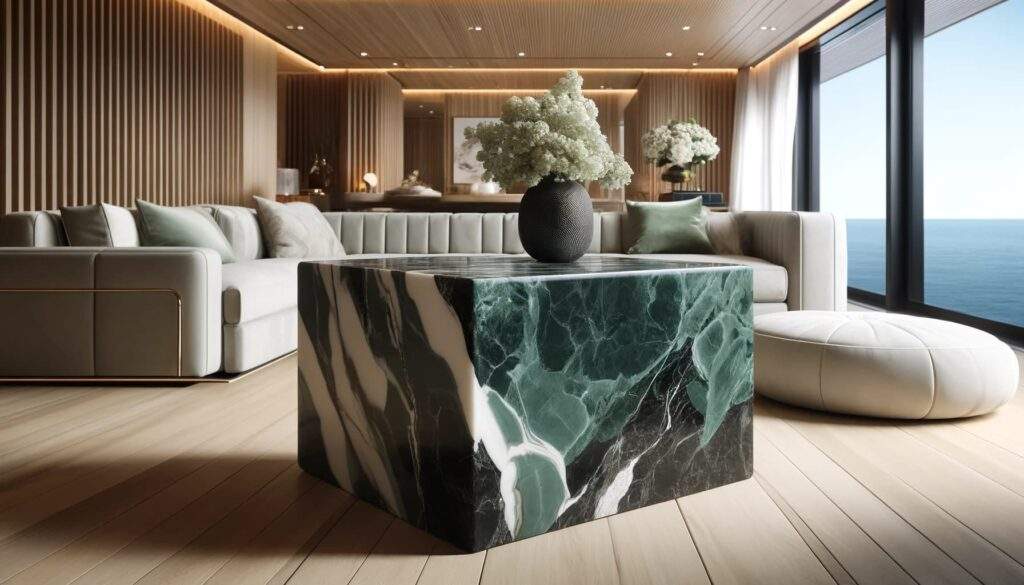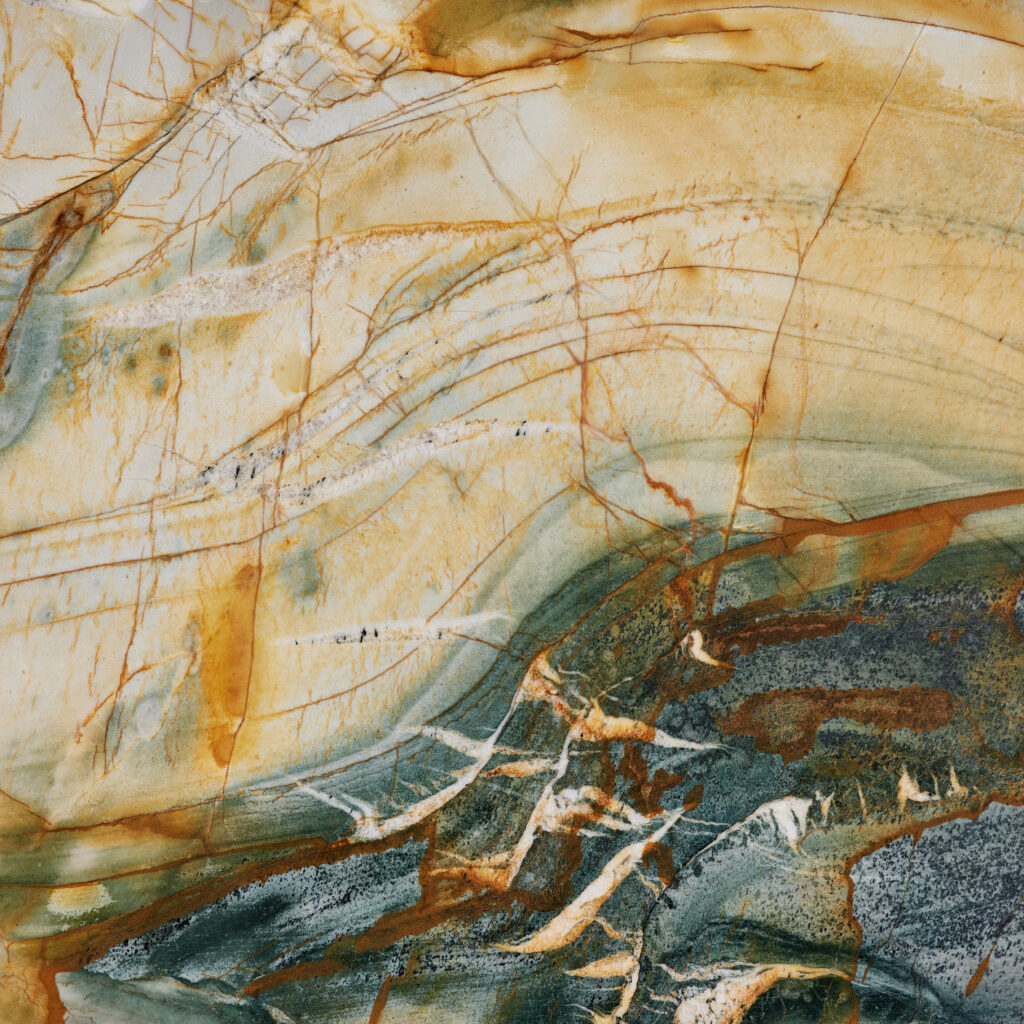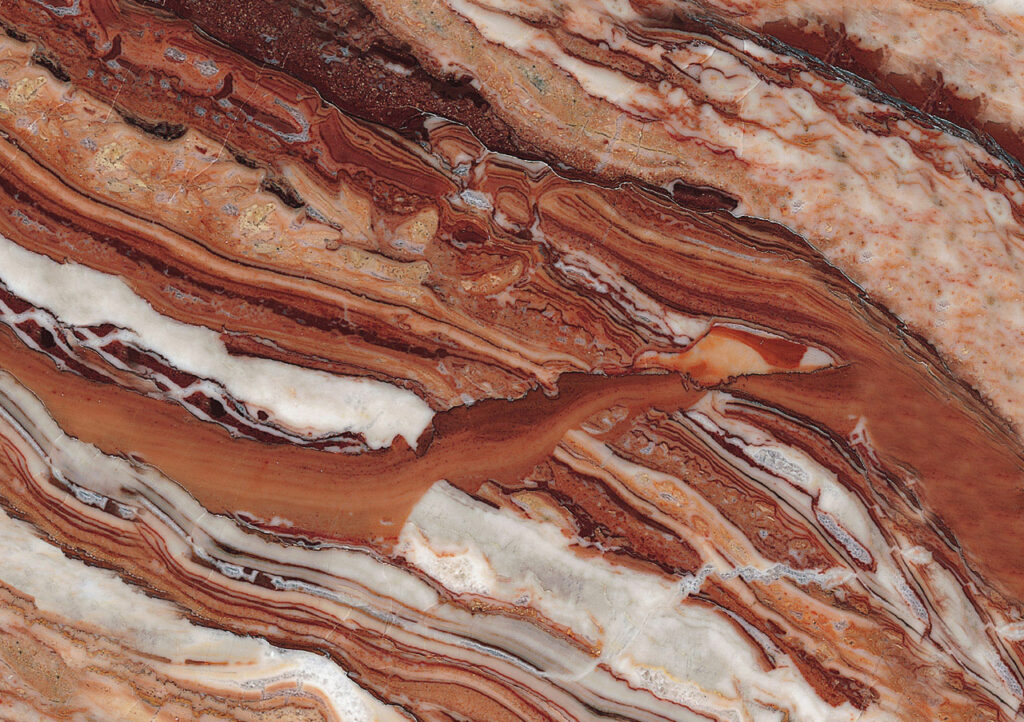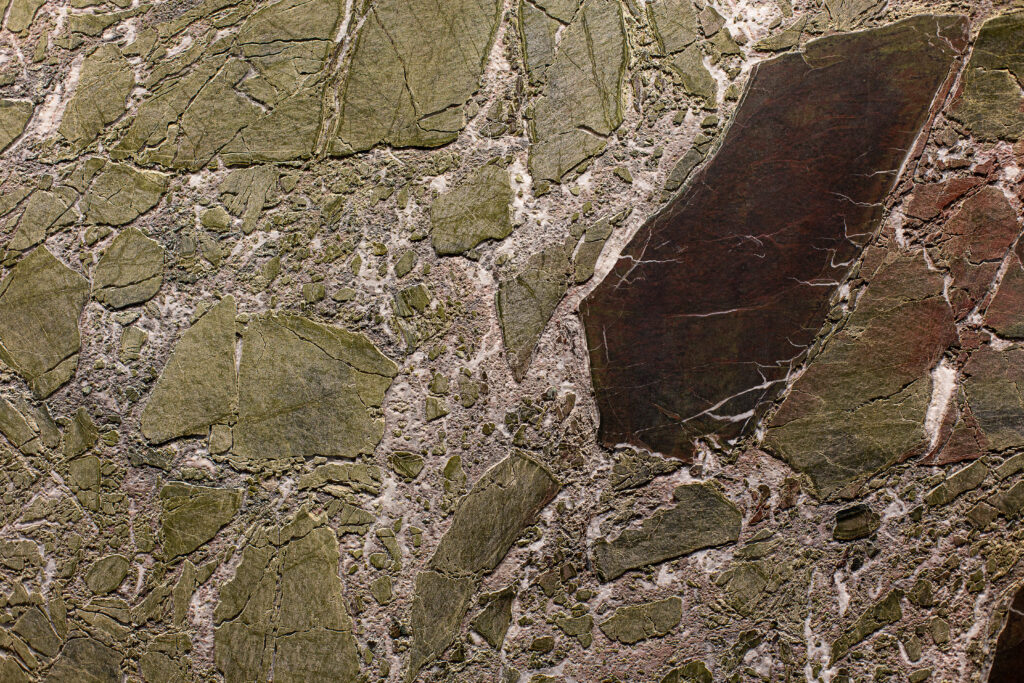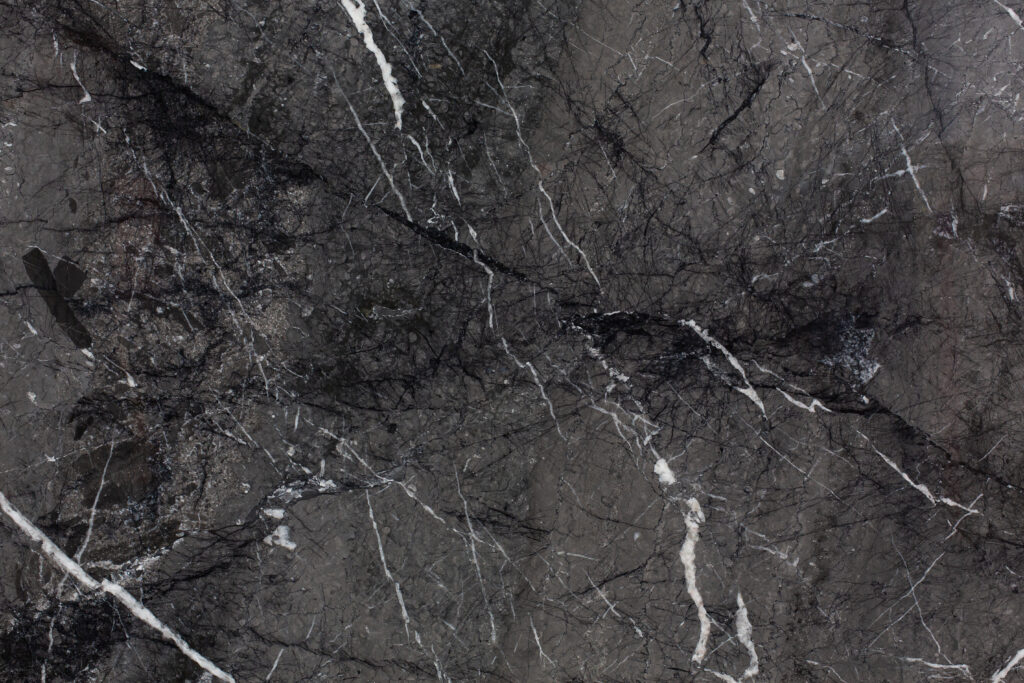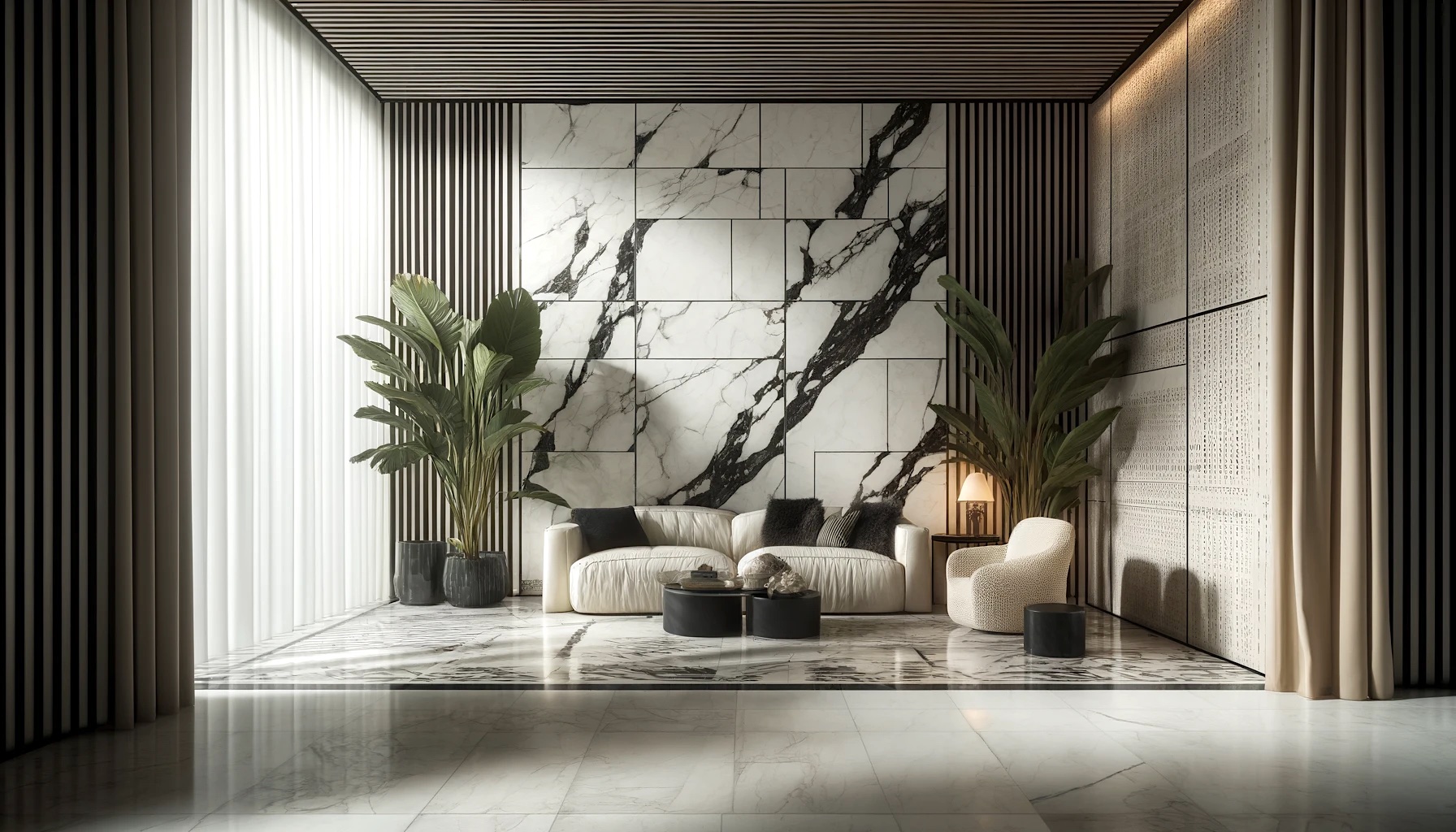Sustainability: The New Benchmark in Luxury Marble
The Premium Marble of the Future Will Be Environmentally Conscious
Sustainability has rapidly become a cornerstone in high-end interior design. Faced with the pressing need to address climate change and environmental concerns, designers of upscale residences and yachts are paying closer attention to the environmental impact of the materials they specify. They actively seek options that are both ecologically and ethically sound without sacrificing style or quality.
"Today, sustainability sets our quality standards,” states Matilde Ciolfi, Sales and Marketing Director at Marmi Vrech. "Designers are increasingly evaluating materials beyond their aesthetic properties, ensuring they align with their values."
Embracing the Circular Economy: The Cracked Stone Initiative
Responding to this demand, Marmi Vrech has developed Cracked Stone, an innovative material created from marble waste, marking a significant step towards sustainable production.
"Our goal was to repurpose waste into a cutting-edge product," Matilde Ciolfi notes. "This reduces waste and aligns our products with sustainable practices, offering our clients unique, eco-friendly solutions."
New Green Standards for Ethical Marble Production
The commitment to eco-friendly practices extends throughout the production process. Sustainability, far from being seen as a limitation, is now driving innovation.. Producers are adopting more efficient and less invasive extraction technologies, increasingly using renewable energy, and implementing waste recycling and reuse systems.
This represents a silent revolution, allowing marble to maintain its prestige as a premium material while helping to preserve the environment. Indeed, contemporary luxury must also be ethically responsible.
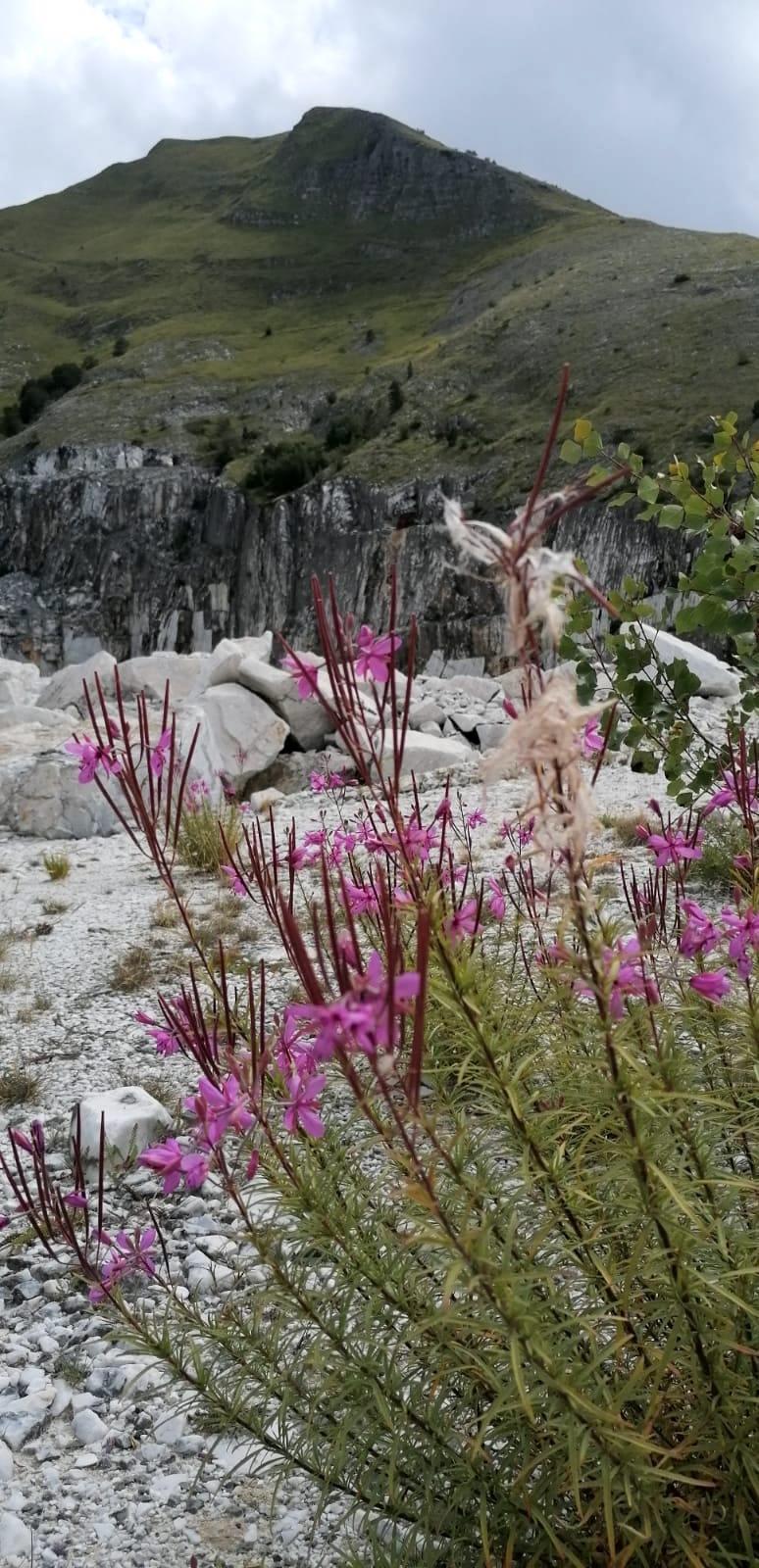
The Aesthetic Evolution of Contemporary Marble
In recent years, marble has undergone a significant aesthetic transformation driven by the new sensibilities of contemporary design. While marble was previously appreciated mainly for its classic elegance and natural veins, new trends are now enhancing its most unusual and surprising features.
Marble is no longer seen merely as a noble and traditional material, but as a medium through which to express an innovative and trendy aesthetic vision. A medium capable of telling unique, high-impact stories.
Organic Textures and Materic Surfaces: The Appeal of Imperfection
One of the most interesting trends is the growing appreciation for organic textures and materic surfaces. Marbles with a split, bush-hammered, or sandblasted finish, with their earthy shades and surface irregularities, are captivating contemporary design enthusiasts.
These materials are increasingly sought after for their ability to bring a sense of authenticity and connection with nature into luxury spaces. Imperfections and texture variations are seen as an added value, capable of creating a unique visual impact.
Bold Veins: Turning Stone into Contemporary Art
Another rapidly rising trend is the use of marbles with bold and dramatic veins. Moving away from classic uniformity, these marbles feature fluid, organic, almost painterly patterns that celebrate the natural variability of stone.
Designers are moving away from more uniform and homogeneous marbles towards more surprising and unique natural veining patterns. These marked veins add strong character and depth to interiors, capturing the eye and evoking emotions. They are the perfect choice for those seeking uniqueness and personalityin interior design.
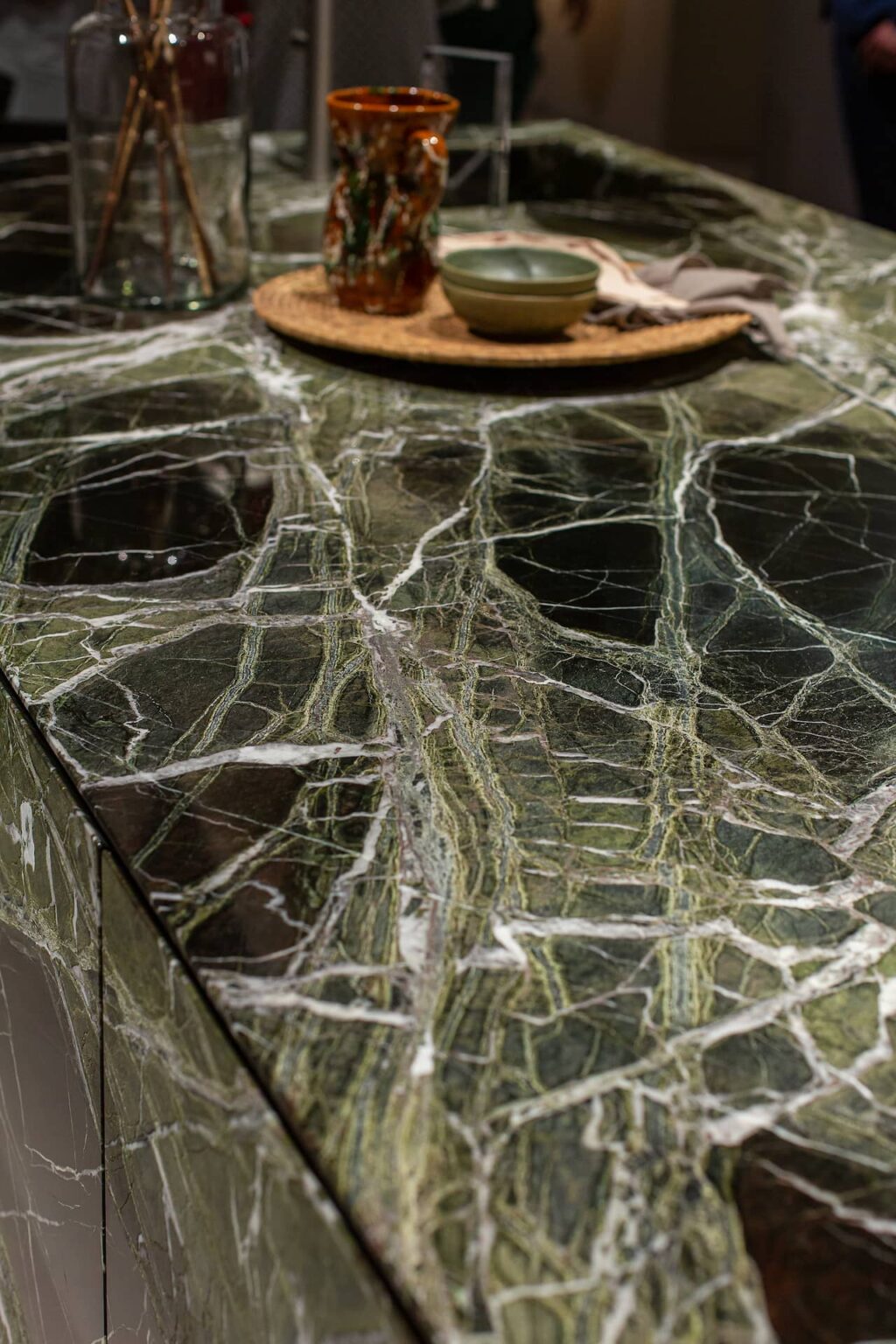
Vibrant Colors: A Palette of Possibilities Beyond White and Gray
Finally, experimenting with unconventional marble colors is a trend that will increasingly make its mark in the coming years. Alongside classic whites and grays, we will increasingly see bold and unconventional hues like deep greens, intense blues, warm oranges, and rich reds.
Color is a powerful design tool: using marbles in unexpected shades allows for the creation of unique, high-impact atmospheres. It's a way to completely reinvent the aesthetics of spaces while maintaining the timeless elegance and quality of marble.
Matte Finishes: A Contemporary Twist
Alongside these trends, there is also a growing preference for finishes with a more matte and velvety effect. In contrast to the classic glossy, mirror-like finishes, slightly blurred and satin surfaces are perceived as more modern and sophisticated.
These matte finishes add a contemporary twist to marble. Their subtle visual delicacy pairs well with organic textures and bold veins, making them ideal for creating elegant contrasts and adding a touch of modernity to interiors, all while respecting tradition.
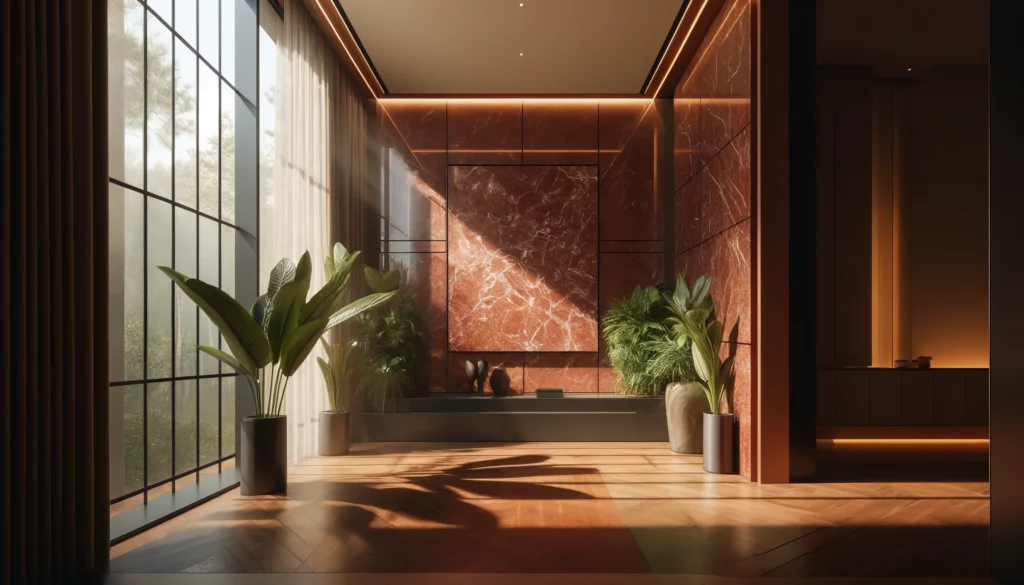
The Rise of "Smart" Marble: High-Tech Surfaces for Luxury Interiors
Among the leading trends for the future of luxury marble, one of the most innovative is undoubtedly the integration of marble with technology to develop “smart” surfaces.
We are witnessing the emergence of marbles that can dynamically interact with the surrounding environment: thanks to surface sensorization, marble can now feature new high-tech functionalities.
One of the most interesting applications is the use of capacitive marble claddings that respond to human touch. Through electrical impulses, these surfaces can turn on lights, activate appliances, open doors, and much more simply by touching them at the right spot.
Another frontier is the integration with voice assistants and state-of-the-art home automation systems. Marble thus becomes a living element of the home, in constant dialogue with its occupants.
"In just a few years, smart marble will be everywhere, from luxury yachts to exclusive villas," predicts Matilde Ciolfi. "It offers endless possibilities for a spectacular living experience."
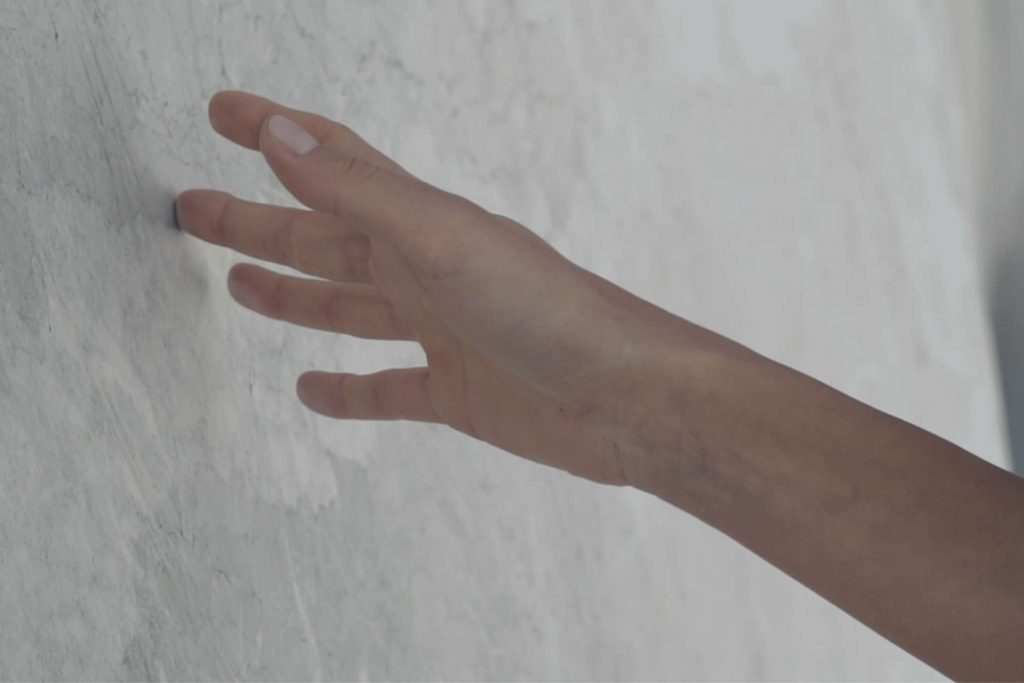
Local Marble: Promoting Regional Identity and Sustainability
Another emerging trend in the premium marble sector is the revaluation of natural stones sourced from local quarries, near the sites of design or construction.
Using local marble offers several benefits, primarily a reduction in environmental impactrelated to transport. Moreover, it highlights the unique features of the area, giving clients the chance to choose their "own" stone, imbued with the history and character of the location.
Take, for example, the reality of Friuli, where Marmi Vrech is based: in this region, there are historic quarries of distinctive marbles. From the pinkish hues of Fior di Pesco Carnico to the elegant tones of Grigio Carnico and the warm shades of Rosso di Verzegnis, these stones tell the beauty of the local landscape and are well suited to contemporary claddings without losing the connection with the area's artisanal tradition.
Rediscovering these local marbles fits within a philosophy of environmental but also cultural sustainability. It helps preserve the geological and productive history of places, adding value in terms of genius loci to the living experience.
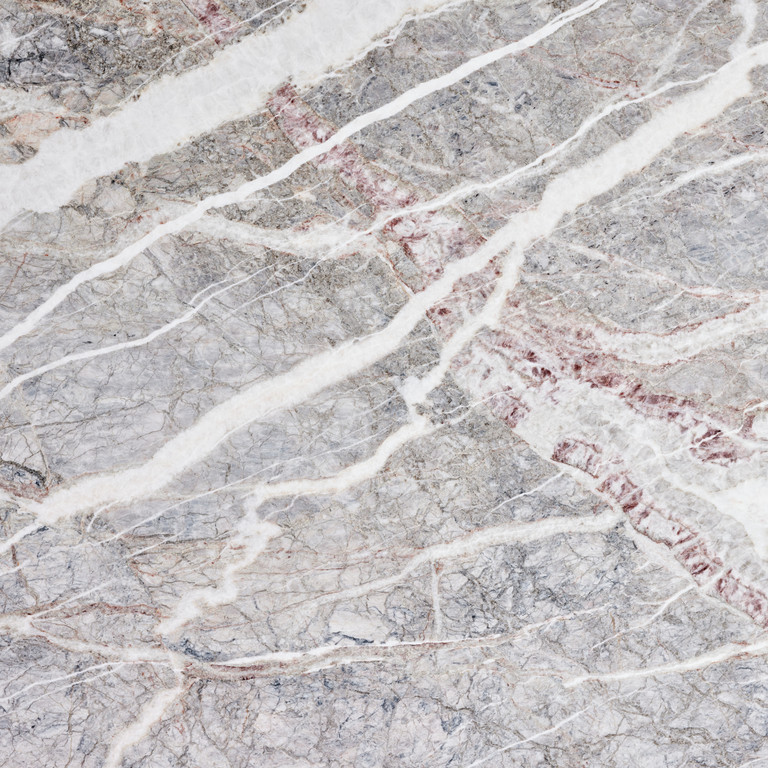
The Vision of Marmi Vrech: The Marble of Tomorrow
We have explored together the trends that, according to us at Marmi Vrech, will reshape the future of marble in luxury interiors. Our company is already at the forefront of this evolution, having long embarked on a journey of research and experimentation to offer those who trust our vision a marble with a contemporary flair that combines beauty, technology, and respect for the environment.
"We are convinced," says our CEO Alessandro Vrech, "that marble will play an increasingly central role in high-end interior design. But to maintain this position, we must continue to innovate, experiment, and offer cutting-edge solutions in line with the needs and sensibilities of our clients."
From Cracked Stone to the marriage of marble and hi-tech, at Marmi Vrech we are outlining a forward-thinking vision for the future of this iconic material. Contemporary aesthetics, sustainable production processes, and integration of new technologies are the directions along which the marble of tomorrow will develop. A material that will retain its timeless allure while adapting to the values of future society. Versatile, capable of meeting the most sophisticated demands while maintaining a reduced environmental impact.
